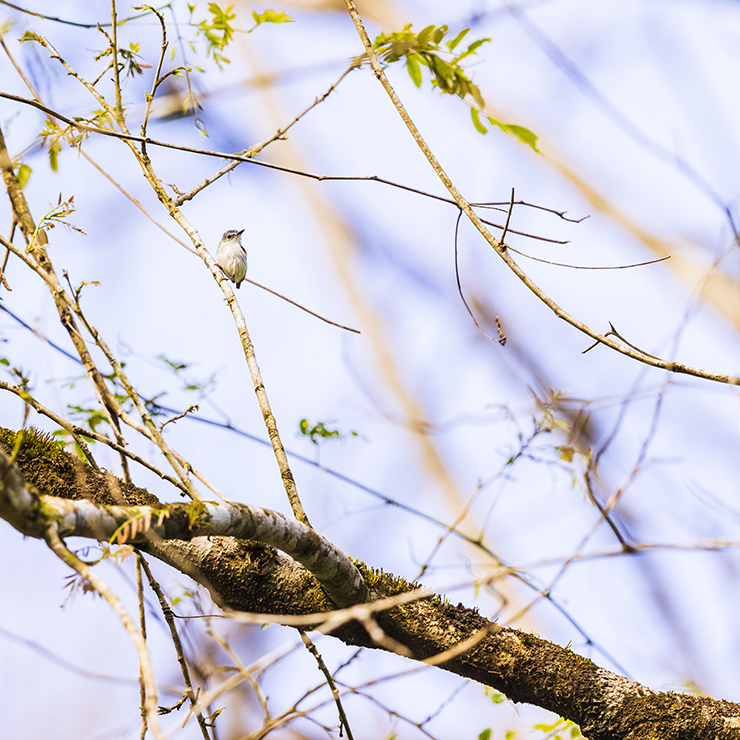
The southern forests of the island of Trinidad are home to the much-maligned Moruga Grasshopper. Most often encountered near to the village bearing the same name, this abundant grasshopper ultimately sprouts large wings and forms swarms which can decimate crops. Its tendency towards this behaviour has earned it the unfortunate title of “pest” – from as early as 1918. International organisations have provided “assistance” to the government of Trinidad & Tobago over the years to placate residents and aggrieved farmers. This has obviously involved the active targeting of Moruga Grasshopper eggs and young, and an all-out attack involving chemical warfare. But little has been said about its ecological function.
Abundant animals like grasshoppers are always abundant for a reason. In nature, nothing is without purpose; human intervention is what has turned a peaceful forest dweller into a demonic pest after all. Within the dense forests of southern Trinidad, the Moruga Grasshopper develops in relative silence. While driving slowly along a deserted roadway, this silence was broken not by my vehicle engine, but by a barely discernible pitter-patter of young grasshoppers escaping being run over. Prior to going there, I hadn’t a clue that the presence of grasshoppers was going to be this prevalent – and pivotal. The whole reason I was exploring this area can be traced to a report of multiple sightings of small groups of the migratory Yellow-billed Cuckoo. When one of my friends sent me a message for ID, he let me know that by his estimate there were at least 25 birds in this patch of forest. Naturally, I had to investigate.
Sure enough, once we stopped it didn’t take long to see the first Yellow-billed Cuckoo. Then a second, and a third. A Squirrel Cuckoo was also bounding along the branches with their smaller relative. A Black-tailed Tityra croaked from nearby as well. Something was attracting all these birds, and keeping them here. A few photographs later I understood it perfectly – an open banquet of grasshoppers!
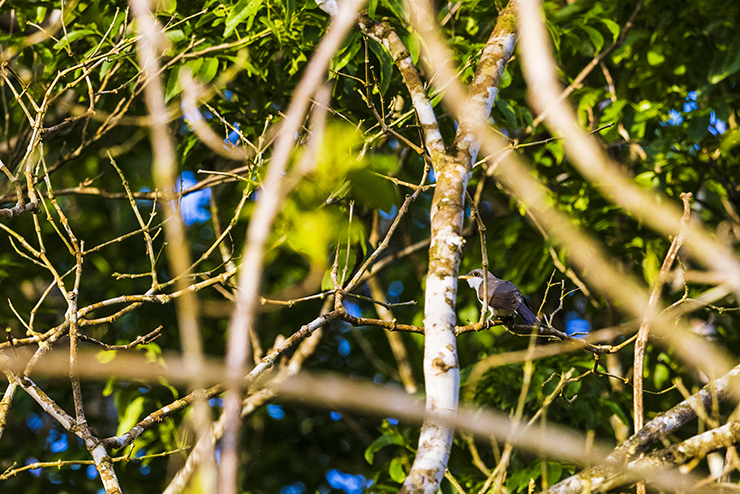
Yellow-billed Cuckoos enjoying the feast. Moruga Grasshoppers were ubiquitous regardless of height above the ground. I later found out that grasshoppers and caterpillars constitute 75% of the diet of Yellow-billed Cuckoos.
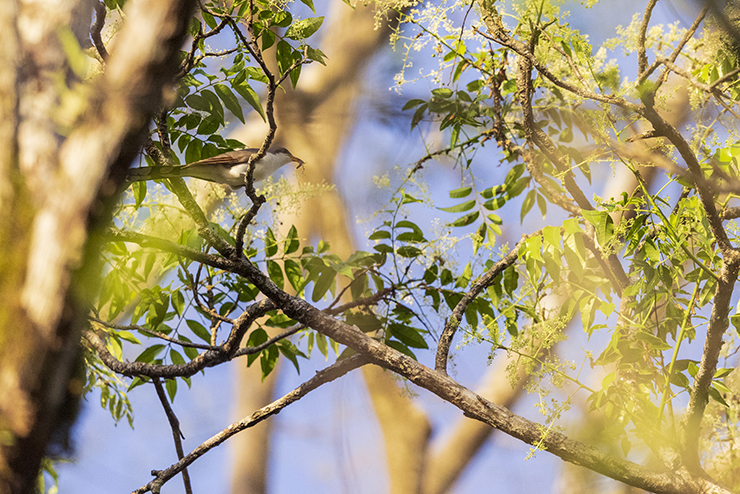
Suffice to say it wasn’t a day for photography, but the birding was excellent. Feel free to check out the morning’s lists here and here.
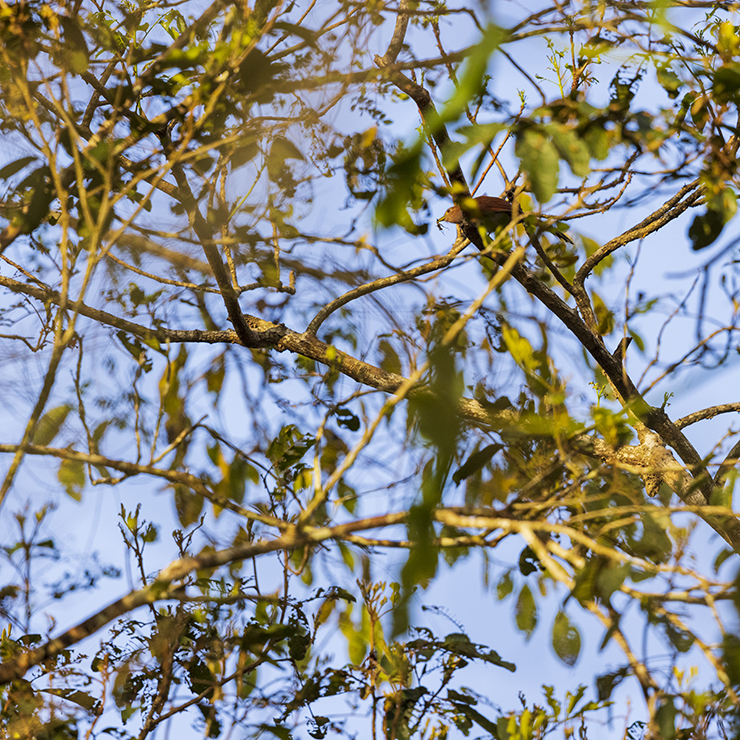
A Squirrel Cuckoo batters a grasshopper high in the canopy. Although the grasshoppers were low down as well, much of the predation we observed was taking place at neck-breaking angles.
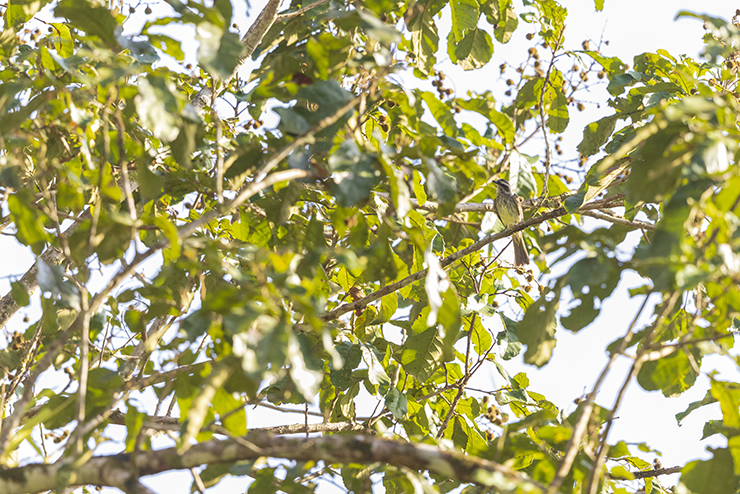
A Variegated Flycatcher was another uncommonly encountered bird that was spotted in the melee. This species is distinctly South American and does not share the same trajectory as the Yellow-billed Cuckoos.
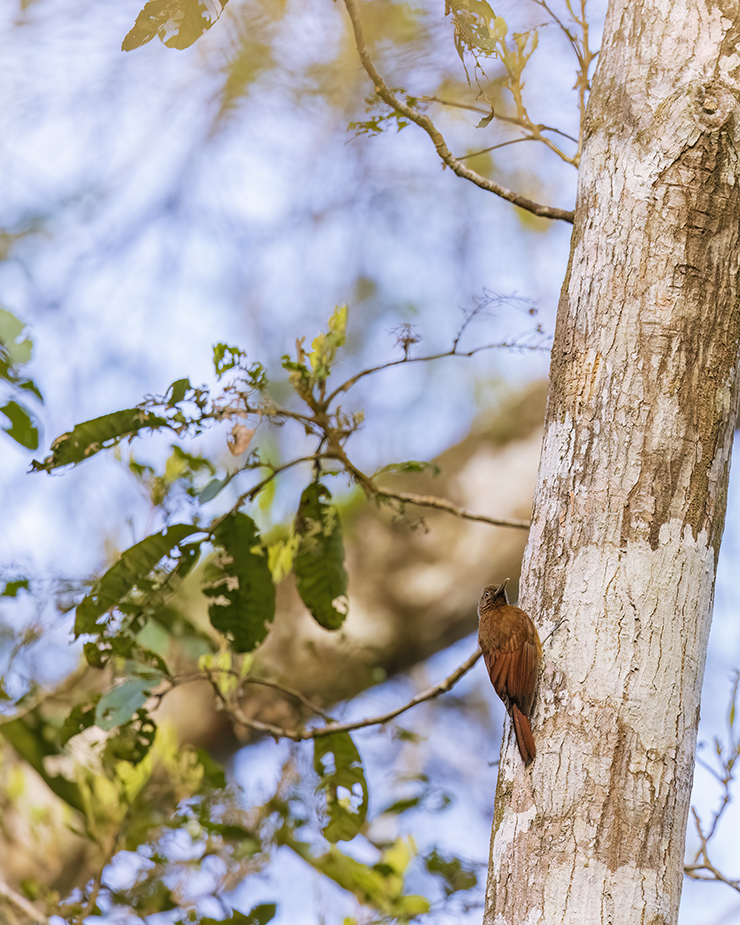
While I didn’t see this Plain-brown Woodcreeper grab anything to eat, it was nevertheless exciting to see.
This got me wondering about how significant a food source the grasshoppers are to migratory birds like the Yellow-billed Cuckoos. Clearly they were piling on the calories for their northbound migration and they were well aware of the food source lining the leaves and branches here. Other birds like the austral migrant Plumbeous Kite and resident Double-toothed Kite are well-known for their preference for grasshoppers.
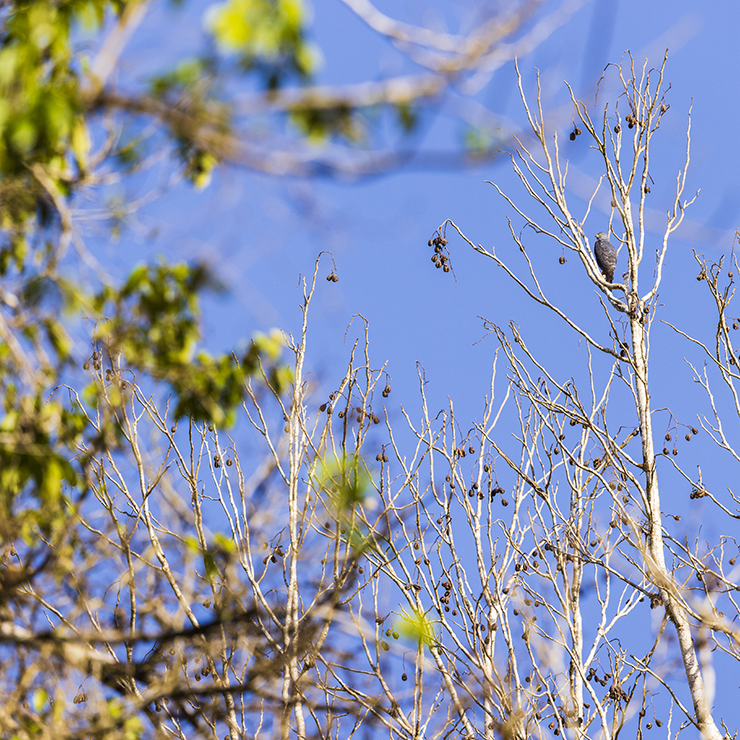
Double-toothed Kite

This Short-tailed Pygmy-Tyrant is much smaller than an adult grasshopper! A brief, insect-esque movement in the trees caught my attention, but I still needed binoculars to perceive the bird. After all, it is the smallest passerine in the world, and a thrill to finally get a good enough view of one.
After all this, the Moruga Grasshopper remains a pest. Let us hope that a greater understanding of the ecological role of this species can be gleaned before a war on an insect results in the unravelling of much more than we are prepared for.


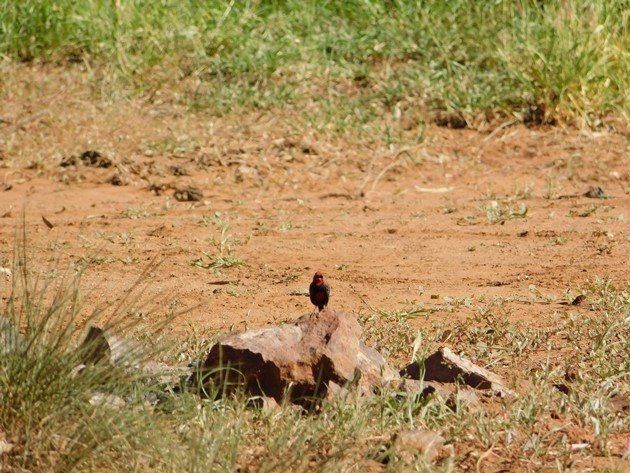
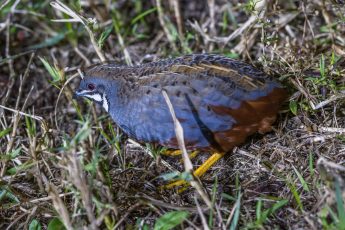
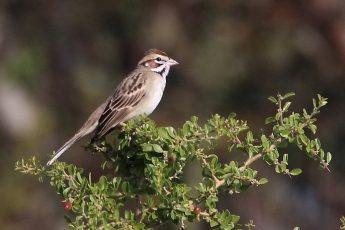

 New writers welcome – please contact us for details.
New writers welcome – please contact us for details.

















Leave a Comment